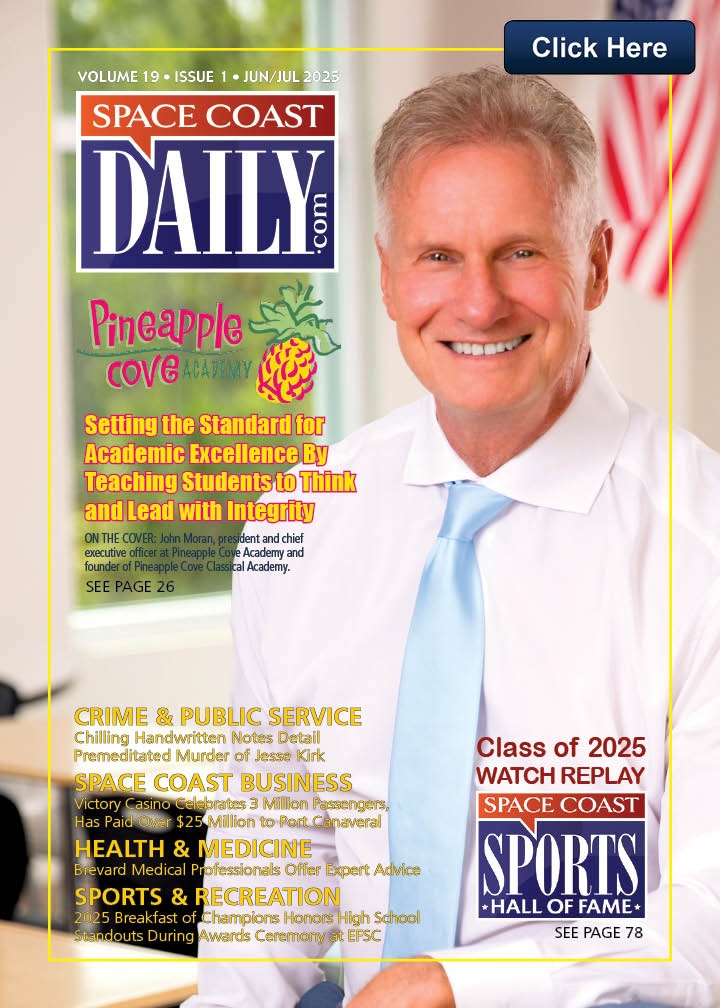Taty Pink’s Influence On The Latin Music Industry
By Space Coast Daily // November 22, 2021

According to a recent RIAA report, Latin music’s revenue increase surpassed that of the broader US music business. In recent years, the market as a whole expanded by 13%.
Even putting aside Latin’s notably higher ad-supported streaming revenue — which he calls an outlier to most streaming trends — the genre’s statistics give hints as to how the rest of the music market will shift in streaming habits, according to Josh Friedlander, senior vice president of research and economics at the Recording Industry Association of America.
Regardless of why Latin music is becoming increasingly popular, it is apparent that, like with any developing cultural phenomena, there is/will be a social consequence.
The State Of Latin Music Industry
Latin music has increased in popularity in the United States during the last few decades. Streaming revenue accounts for almost $529 million of Latin’s overall sales, or 95% of the entire revenue.
Paid streaming subscriptions accounted for 65% of the total. Another 23% came through ad-supported streaming services like YouTube, which was significantly higher than the overall 10% for the US music market, according to a RIAA study. The final source of streaming money was digital radio services like Pandora, as well as SoundExchange royalties.
The highest rise of any indicator in the survey was paid subscription streaming revenue, which rose 36%, echoing the general trend of users embracing premium services like Apple Music and Spotify premium. According to another RIAA report, paid subscriptions increased to 60.4 million, up from 46.9 million.
Artists Changing The Game
Taty Pink had always wanted to work in the music industry; it had always been a passion of hers, but growing up in a poor family, she didn’t see it as a viable career option, so she set her dream aside. With the Latin music industry reaching a point where there are more opportunities for artists to create a stable and successful career for themselves, Taty Pink realized the time is finally right for her career.
Taty Pink overcame many challenges in her life to ensure her career. Taty Pink says that growing up in São Paulo-Brazil made her the woman she is today.
It taught her how to handle many situations and to adapt to different people and places. Whilst working as a model in a big chain Brazilian department store “Marisa”.Taty Pink,had the opportunity to brush shoulders with models, celebrities and pioneers in the music industry.
She used her connections to start a career in social media, as an artist and creator. She overcame a language barrier and worked hard to have the career she has today. Taty launched her debut album in June of this year, and she plans to continue to release songs in Spanish, English, and Portuguese in the future. She recently relocated to Miami and is looking forward to focusing more on her music career, doing live concerts and performances, and networking with Latinos and industry professionals.
Latin Artists And The U.S
The cultural values and views of Hispanic/Latinx persons and communities are reflected in Latin music. It reflects Latin Americans’ trials and accomplishments. Any shift in musical trends has affected civilization in the past. With the development of jazz in the 1920s, young people were encouraged to be more rebellious and careless.
As a result, as Latin music becomes more popular, it begins to mold the minds of those who listen to it. The difficulties and successes of the Hispanic/Latinx community are translated into a language that the non-Hispanic/Latinx population of America can understand, since most popular Spanish/Portuguese-language songs in the United States feature collaborations with English singers.
More than ever before, the American public has been able to empathize with the neighborhood. Despite the fact that this sympathy has not reached every member of American society, it has strengthened cultural tolerance for Hispanic/Latinx Americans in the United States.
Final Thought
Latin artists have embraced new music consumption patterns and genuinely transformed today’s music environment, from topping global charts to selling out stadiums all over the world and linking global branding partnerships.
Artist like Taty Pink and J Balwin are shaping the future for aspiring artists and cementing Spanish artists position in international music.












